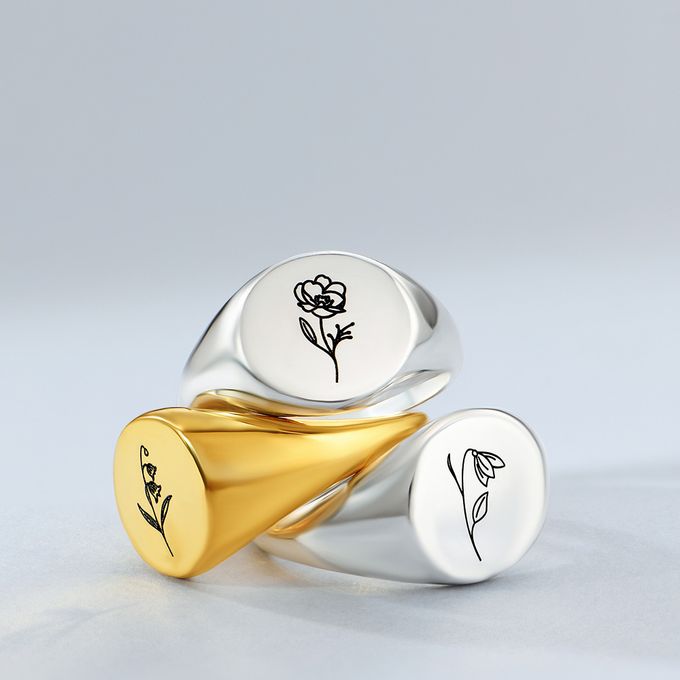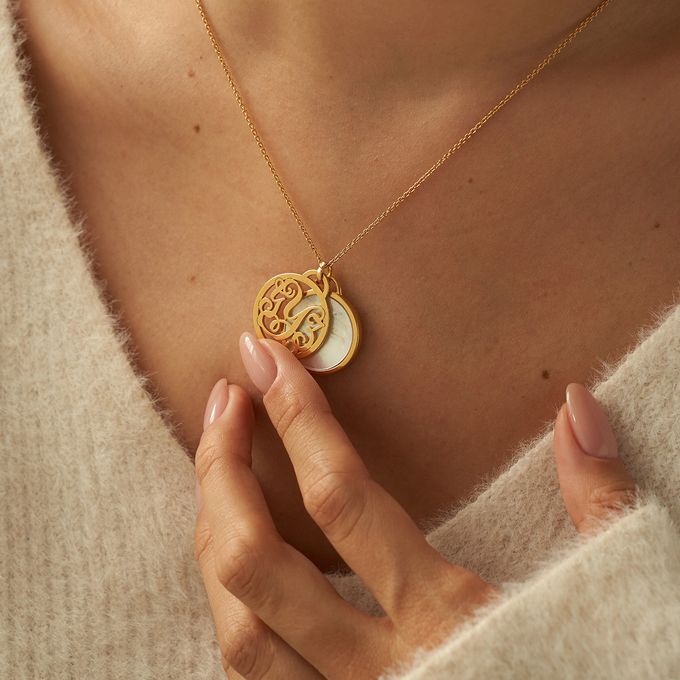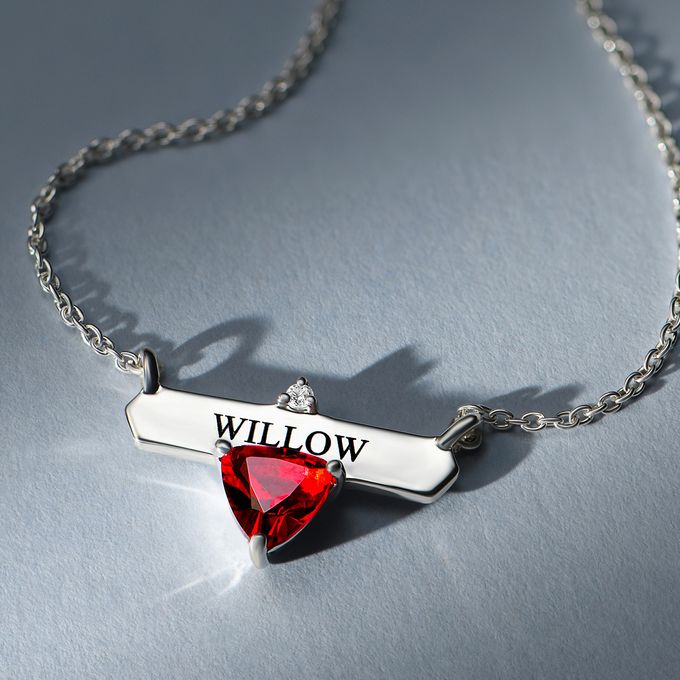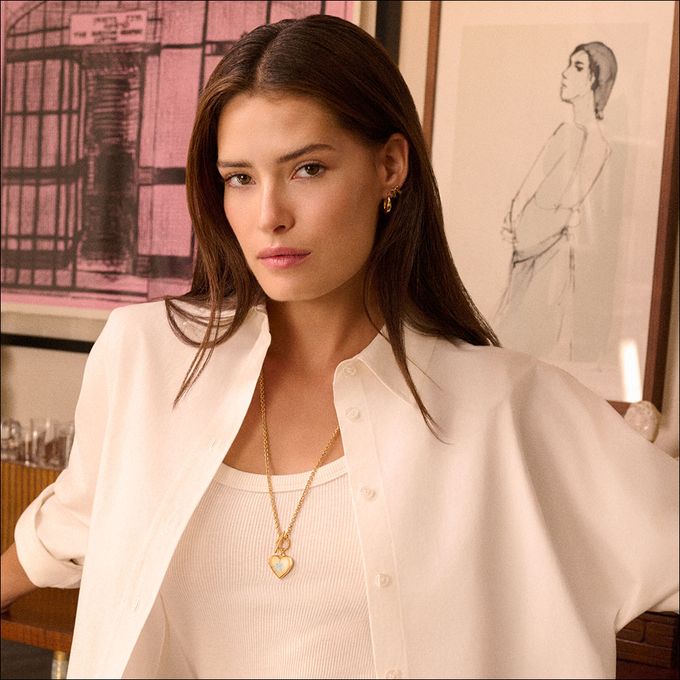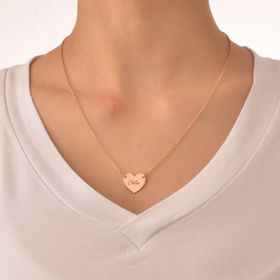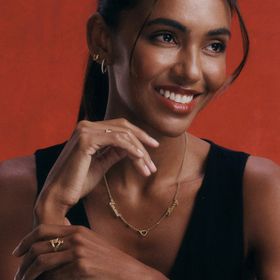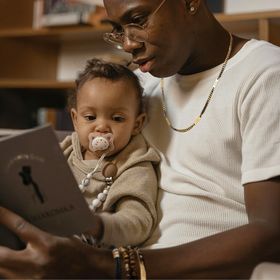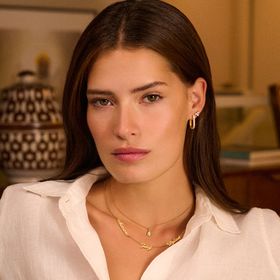Legacy in Gold & Silver: Gilded Age Jewelry and the Return of the Family Heirloom
In the final decades of the 19th century, as fortunes were built and society stratified, jewelry played a unique and lasting role. It shimmered across ballrooms and behind closed parlor doors—but more than sparkle, it offered continuity, memory, and silent testimony to the lives it adorned. Nowhere is this captured more richly than in HBO’s period drama The Gilded Age. While the show dazzles with opulent sets and sweeping gowns, it's often in the smallest details—a necklace at a dinner party, a pendant clasped in a moment of hesitation—that its most meaningful stories are told.
Updated September 30, 2025
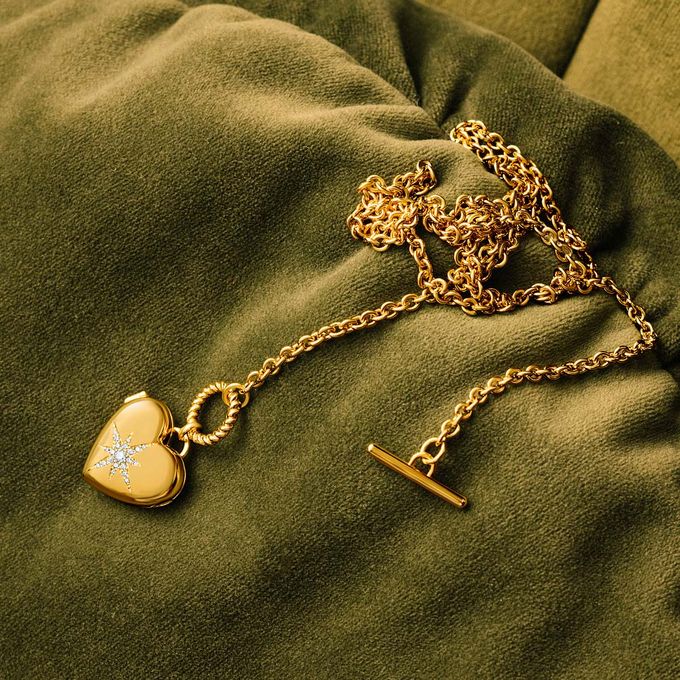
The Language of Jewelry in The Gilded Age
Take Bertha Russell, a nouveau riche social climber, whose diamonds glint like declarations of ambition. Her jewelry is large, commanding, meant to impress—and to disrupt old-money restraint. In contrast, characters like Marian Brook, with her modest inherited locket, embody the quiet, austere grace of lineage. One represents the hunger of new wealth; the other, the fading refinement of inherited position.
These differences are visual storytelling. Marian’s jewelry is often understated but personal—lockets and chains worn close to the collarbone, suggesting remembrance and emotional depth. In one scene, a locket passed to her is more than a gift—it is a reminder of who she is, and where she comes from, even in a world that no longer values that heritage.
Even the show’s costuming team has acknowledged how essential jewelry is to character building. From mourning brooches to pendants engraved with initials, each piece is a window into a character’s private world—an heirloom of emotion, not just material.
✦ Shop our Prairie Birth Flower Ring
Gilded Age Jewelry: A Living Archive
Historically, the Gilded Age was a period when jewelry was not just fashion, but record-keeping in precious metal.
Lockets concealed photographs, locks of hair, or pressed flowers.
Bracelets were layered with charms over years—anniversaries, baptisms, travels.
Signet rings and medallions bore initials or family crests, symbols of continuity.
Many of these pieces were created with the expectation that they would be passed down—heirlooms, not accessories. They marked time. They remembered the dead. They welcomed the new. They silently held the shape of families.
In homes from Newport to Manhattan, these pieces were carefully inventoried, protected, and often redesigned to suit changing tastes while preserving their emotional core.
✦ Shop our Monogram Initial Necklace
Why We Stopped Passing Down
As modern life accelerated, this culture of heirloom jewelry gradually gave way to disposable trends. Fashion cycles quickened. Jewelry became seasonal. The idea of engraving something to last for generations seemed out of step with a world moving faster every year.
But if The Gilded Age has reminded us of anything, it’s that meaning doesn't need to shout. A small gold locket worn by Marian Brook—simple, enduring—can carry far more emotional resonance than any diamond tiara.
✦ Shop our Aurora Birthstone Name Necklace
A Quiet Return
In recent years, there has been a quiet but steady return to personalized, sentiment-rich jewelry. Pieces that once again seek to mark life’s transitions, to remember people and moments, and to be passed on—not just worn out.
Brands like Theo Grace, founded by Nicky Hilton Rothschild, are part of this reawakening. Their designs—particularly gold lockets made to hold tiny photographs or engraved names—echo those same values seen on the necks of characters like Marian and Ada Brook. Though contemporary in styling, they fulfill the same function: a personal keepsake, a family signifier, a wearable piece of memory.
In that way, the idea of the heirloom hasn’t vanished. It’s simply waiting to be revived—one engraved pendant, one quietly gifted charm at a time.
✦ Shop our Stella Heart Photo Locket
As The Gilded Age shows us so clearly, the jewelry that matters most isn’t always the most valuable. It’s the piece a grandmother wears every day. The locket tucked into a wedding dress. The charm that grows heavier with each passing year. It’s the memory made solid—carried, treasured, and eventually passed down.




